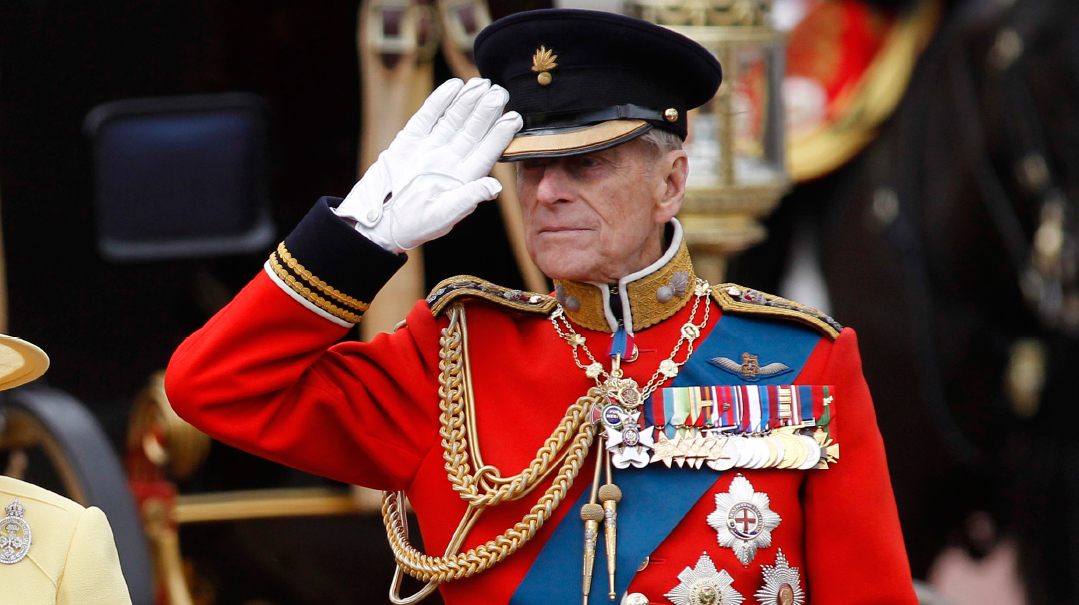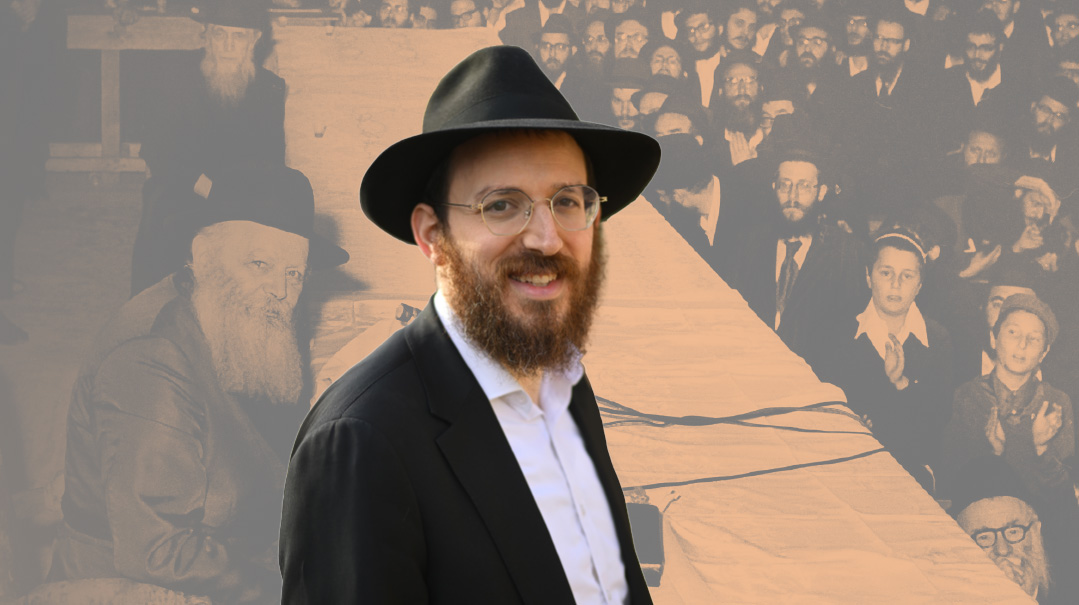The Real Prince Philip

Prince Philip and the Jews: The inside story

If Greek nationalists hadn’t revolted against their royal family in 1922, a blond-haired prince might one day have become king, ruling over a country with an ancient Sephardic community known to its Jews as Salonika.
Instead, the baby Prince Philip of Greece was sent into exile, reportedly carried in an orange crate. And after a meteoric rise through the ranks of the British Royal Navy, the impoverished outsider married the future Queen Elizabeth II, standing at the helm of an empire containing almost a quarter of a million Jews in the early 1950s.
In the days since his death at 99 years old last week, that historical irony has been omitted as Jewish media adds a “Prince Philip and the Jews” chapter to a well-worn genre linking celebrities to the Jewish community. The Duke of Edinburgh’s rags-to-riches tale has been endlessly retold, along with the well-known episode of how his mother, Princess Alice of Greece, rescued a Jewish family in the Holocaust.
But the reason that Prince Philip’s story is recycled is that even though Anglo-Jewry has traditionally been patriotic — many weddings in the general community still feature a rendition of the national anthem — there aren’t that many Jews with a close-up view of the queen’s husband of 73 years. The Prayer for the Royal Family featuring “Philip, the Duke of Edinburgh” is literally carved in stone at the front of many an English shul, but the man himself was the distant subject of media caricature.
But talking to those who knew him and digging into 70 years’ worth of speeches reveals a Prince Philip who had far more than met the eye: a man of talent and moral conviction who hid those qualities behind a gruff exterior.
Oops! We could not locate your form.













